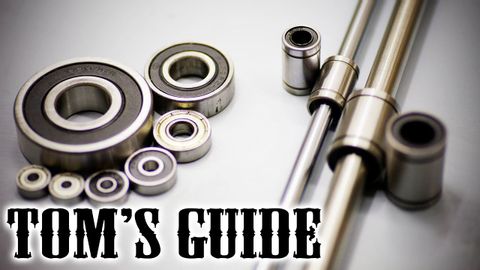
Subtitles & vocabulary
3D printing guides: Radial and linear ball bearings!
00
賴昱瑋 posted on 2015/03/21Save
Video vocabulary
couple
US /ˈkʌpəl/
・
UK /'kʌpl/
- Transitive Verb
- To join something to something else
- (Two animals) to engage in sexual relations
- Noun (Countable/Uncountable)
- Two people in a romantic relationship
- Two of something; two people; a pair
A2
More guide
US /ɡaɪd/
・
UK /ɡaɪd/
- Transitive Verb
- To help or advise someone about something
- To control missile to hit a target by radio signal
- Noun (Countable/Uncountable)
- Book or a magazine containing information/advice
- Person leading others visiting an unknown place
A2TOEIC
More bear
US /bɛr/
・
UK /bɛː/
- Transitive Verb
- To accept (responsibilities or duties)
- To give birth to a child; to produce fruit
- Countable Noun
- Large brown animal with fur that lives in forests
- Someone who expects stock market to fall
A2
More Use Energy
Unlock All Vocabulary
Unlock pronunciation, explanations, and filters
